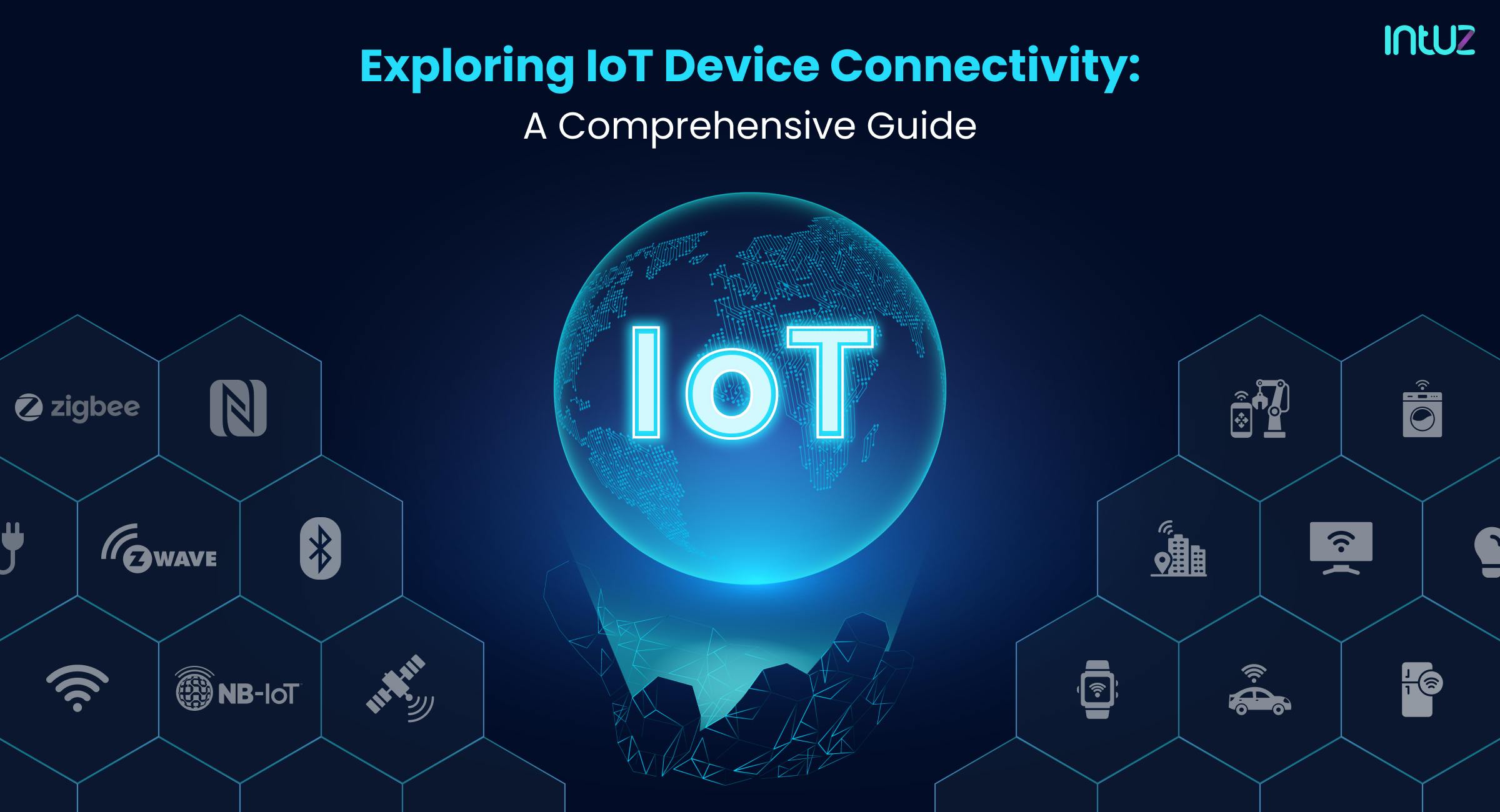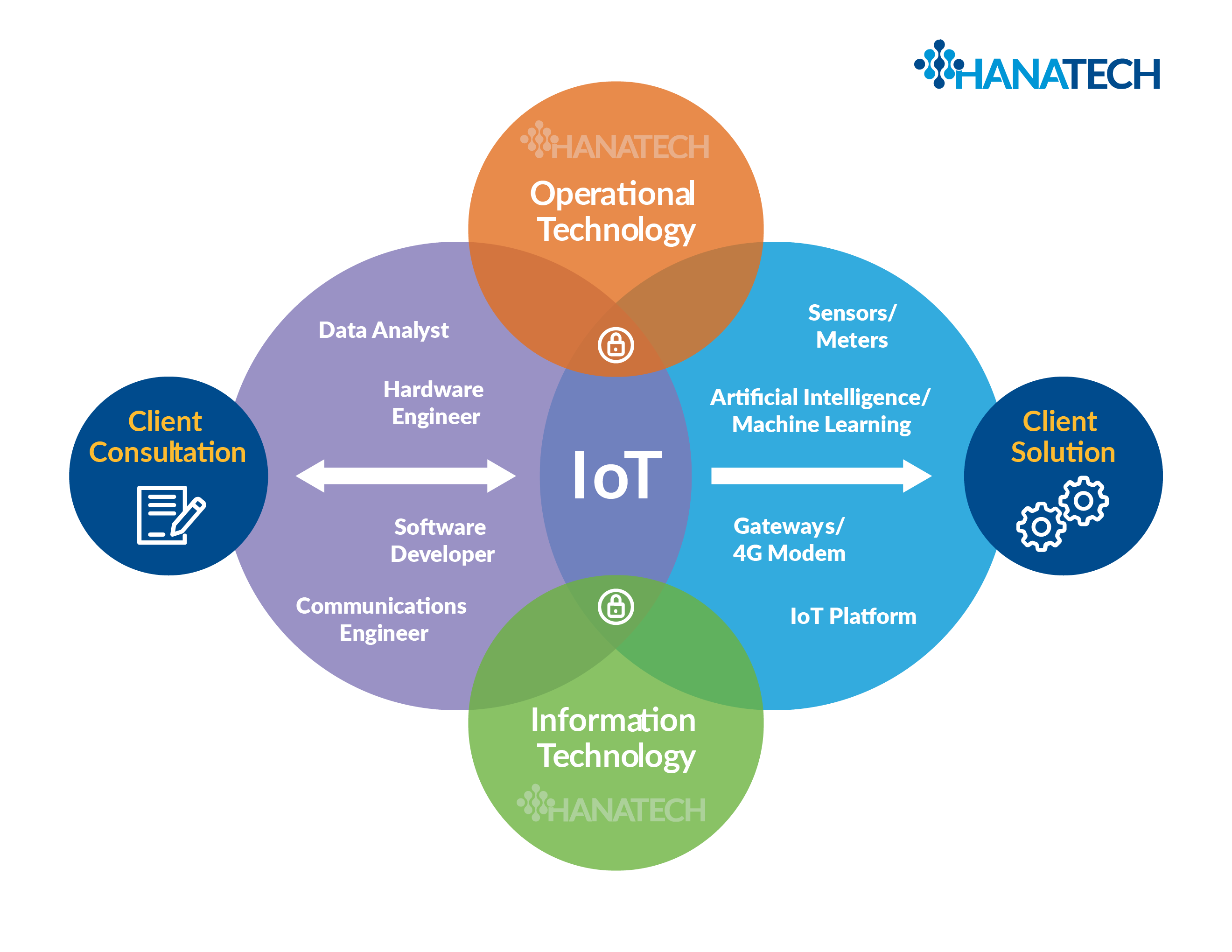How To Remotely Connect IoT: Your Ultimate Guide To Seamless Smart Living
Imagine this: you're miles away from home, yet you can control your smart thermostat, turn off your lights, or even check if your front door is locked. Sounds like magic? Nope, it's the power of remotely connecting IoT devices! In today's hyper-connected world, the Internet of Things (IoT) has revolutionized the way we interact with technology. Whether you're a tech enthusiast or just someone looking to upgrade your home, understanding how to remotely connect IoT devices is essential. This guide will walk you through everything you need to know, from setup to troubleshooting.
Connecting IoT devices remotely isn't just about convenience; it's about enhancing security, saving energy, and improving your overall lifestyle. But let's face it—getting started can feel overwhelming. There are countless devices, protocols, and apps to choose from. Don't worry, though. We've got you covered. This article breaks down the process into simple steps so you can focus on enjoying the benefits of smart living.
So, buckle up, grab a snack, and let's dive into the world of remotely connecting IoT devices. By the end of this guide, you'll be ready to transform your space into a smart haven. Let's get started!
- Unleash The Power Of Filmyflycom 2024 Movie Your Ultimate Streaming Destination
- Martin Lagence Divorce The Story Behind The Controversy And Drama
Table of Contents
- Understanding IoT and Its Importance
- Choosing the Right IoT Devices for Remote Connectivity
- Setting Up Your Network for Remote IoT Connections
- Essential Security Measures for Remote IoT Connections
- Step-by-Step Guide to Connecting IoT Devices Remotely
- Troubleshooting Common Issues in Remote IoT Connections
- Exploring IoT Protocols for Remote Connections
- The Role of Cloud-Based Solutions in Remote IoT
- Future Trends in Remote IoT Technology
- Conclusion: Embrace the Power of Remote IoT
Understanding IoT and Its Importance
Let's start with the basics. IoT, or the Internet of Things, refers to a network of interconnected devices that can communicate and exchange data without human intervention. These devices range from smart thermostats and security cameras to wearable tech and industrial sensors. The beauty of IoT lies in its ability to make our lives easier, smarter, and more efficient.
When it comes to remotely connecting IoT, the possibilities are endless. You can monitor your home while you're on vacation, manage your office equipment from afar, or even control your car's systems. The importance of this technology cannot be overstated, especially in an era where remote work and smart living are becoming the norm.
Why Remotely Connect IoT?
Here are a few reasons why remotely connecting IoT devices is a game-changer:
- Hdhub4u South Movies Your Ultimate Guide To Streaming Bliss
- Iris Weinshall The Extraordinary Tale Of A Man Who Broke All The Norms
- Increased convenience and flexibility.
- Enhanced security and monitoring capabilities.
- Improved energy efficiency and cost savings.
- Seamless integration with other smart technologies.
Choosing the Right IoT Devices for Remote Connectivity
Not all IoT devices are created equal. When selecting devices for remote connectivity, it's crucial to consider factors like compatibility, reliability, and ease of use. You want devices that can seamlessly integrate with your existing network and offer robust remote access features.
Some popular IoT devices for remote connectivity include smart locks, cameras, lighting systems, and environmental sensors. Make sure to read reviews and compare specifications before making a purchase. It's also a good idea to choose devices from reputable brands that prioritize security and customer support.
Key Features to Look For
- Support for multiple connectivity protocols (Wi-Fi, Bluetooth, Zigbee).
- Compatibility with popular smart home platforms like Alexa or Google Assistant.
- Strong encryption and authentication mechanisms.
- User-friendly apps for remote control and monitoring.
Setting Up Your Network for Remote IoT Connections
Your home network is the backbone of your IoT ecosystem. To ensure smooth remote connectivity, you need a stable and secure network infrastructure. Start by upgrading your router if necessary and setting up a guest network for IoT devices.
It's also important to configure your network settings correctly. This includes enabling port forwarding, setting up dynamic DNS (DDNS), and configuring firewalls to allow remote access. While these steps might sound technical, most modern routers come with user-friendly interfaces that make the process straightforward.
Tips for Optimizing Your Network
- Use a high-speed internet connection for better performance.
- Place your router in a central location to maximize coverage.
- Regularly update your router's firmware for improved security.
Essential Security Measures for Remote IoT Connections
Security should always be a top priority when dealing with IoT devices. After all, these devices have access to sensitive information and can be potential entry points for cyberattacks. To protect your network and devices, follow these essential security measures:
Change default passwords, enable two-factor authentication, and use strong encryption protocols. Regularly update your devices' firmware and software to patch vulnerabilities. Additionally, consider using a virtual private network (VPN) for added protection when accessing your IoT devices remotely.
Common Security Threats to Watch Out For
- Unsecured Wi-Fi networks.
- Weak or reused passwords.
- Malware and ransomware attacks.
Step-by-Step Guide to Connecting IoT Devices Remotely
Now that you have the right devices and a secure network, it's time to connect them remotely. Follow these simple steps to get started:
First, download the manufacturer's app and create an account. Next, connect your device to your home Wi-Fi network. Once connected, enable remote access settings in the app. Finally, test the connection by accessing your device from another location.
Best Practices for Successful Connections
- Ensure your device is within range of your Wi-Fi network during setup.
- Follow the manufacturer's instructions carefully.
- Test the connection regularly to ensure reliability.
Troubleshooting Common Issues in Remote IoT Connections
Even with the best preparation, issues can arise. Here are some common problems you might encounter and how to fix them:
Connection drops? Check your network settings and ensure your router is functioning properly. Can't access your device remotely? Verify that remote access is enabled and try restarting your device. If all else fails, consult the device's manual or contact customer support.
Quick Fixes for Common Problems
- Restart your router and devices.
- Double-check your network configurations.
- Update your device's firmware and app.
Exploring IoT Protocols for Remote Connections
IoT protocols play a crucial role in enabling communication between devices. Some of the most popular protocols for remote IoT connections include MQTT, CoAP, and HTTP. Each protocol has its own strengths and weaknesses, so it's important to choose the one that best fits your needs.
MQTT, for example, is lightweight and ideal for low-bandwidth networks. CoAP, on the other hand, is designed for constrained devices and offers low latency. Understanding these protocols can help you optimize your IoT setup for better performance.
Why Protocol Selection Matters
- Impacts device compatibility and interoperability.
- Affects data transfer speed and efficiency.
- Influences overall system security.
The Role of Cloud-Based Solutions in Remote IoT
Cloud-based solutions have become indispensable in the world of remote IoT. They provide a centralized platform for managing devices, storing data, and enabling remote access. Services like AWS IoT, Google Cloud IoT, and Microsoft Azure offer powerful tools for developers and end-users alike.
By leveraging cloud technologies, you can scale your IoT ecosystem easily and access advanced analytics features. Plus, cloud solutions often come with built-in security measures, making them a safer choice for remote connectivity.
Advantages of Using Cloud Platforms
- Scalability and flexibility.
- Enhanced data processing and storage capabilities.
- Improved security and reliability.
Future Trends in Remote IoT Technology
The future of remote IoT is bright and full of possibilities. Emerging technologies like 5G, edge computing, and artificial intelligence are set to transform the landscape. Expect faster and more reliable connections, smarter devices, and more intuitive user experiences.
As the demand for smart solutions continues to grow, we can anticipate more innovative applications in areas like healthcare, agriculture, and transportation. Staying informed about these trends will help you make the most of your IoT investments.
What's on the Horizon?
- Integration with AI for predictive maintenance.
- Adoption of 5G for ultra-fast connectivity.
- Development of more energy-efficient devices.
Conclusion: Embrace the Power of Remote IoT
Remotely connecting IoT devices has become an essential skill in today's connected world. By following the steps outlined in this guide, you can create a smart and secure ecosystem that enhances your daily life. Remember to prioritize security, choose reliable devices, and stay updated on the latest trends.
We encourage you to share your experiences and insights in the comments below. Have you encountered any unique challenges while setting up your IoT devices? What tips would you add to this guide? Don't forget to explore other articles on our site for more tech tips and tricks. Happy connecting!



Detail Author:
- Name : Prof. Casandra Gottlieb II
- Username : mariano.rodriguez
- Email : hal.brekke@yahoo.com
- Birthdate : 1973-11-12
- Address : 8645 Corine Grove Suite 765 Anaismouth, NH 26597-5216
- Phone : (364) 816-7748
- Company : Shields-Christiansen
- Job : Power Plant Operator
- Bio : Eum consequatur sit eos et sed cum. Perspiciatis incidunt ut nostrum at unde.
Socials
linkedin:
- url : https://linkedin.com/in/lauryn_dev
- username : lauryn_dev
- bio : Voluptatibus ipsum non et eaque.
- followers : 1075
- following : 1955
facebook:
- url : https://facebook.com/hackett2015
- username : hackett2015
- bio : Illo numquam praesentium veritatis et libero natus repudiandae.
- followers : 4532
- following : 52